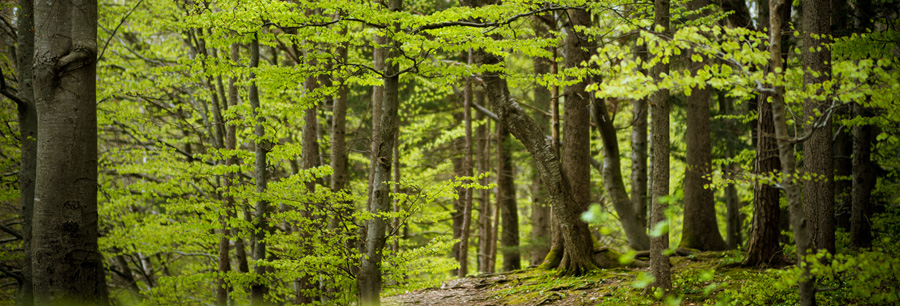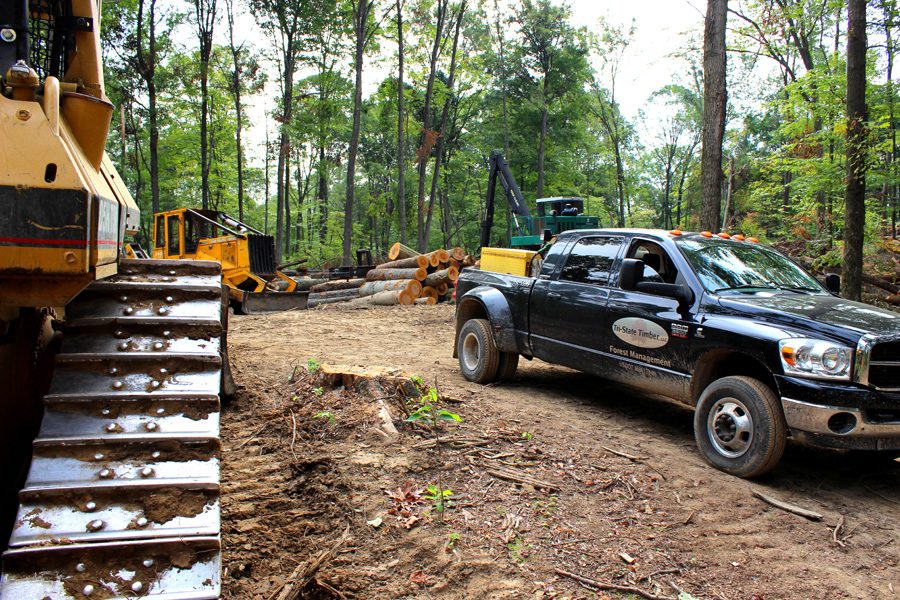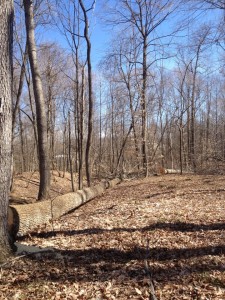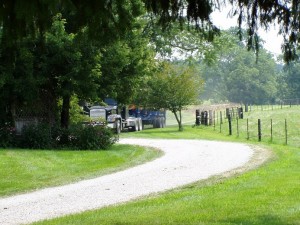Logging The Salty Woods – YouTube.
Category Archives: Forest Management
The Logging Process
Logging is the cutting, skidding, bucking, and then loading of the logs on to trucks. Believe it or not, this is actually a manufacturing process. It is the process of turning standing trees in the forest into cut logs that can be transported by truck. Although this sounds simple, it can be quite a challenge. In the Midwest if the terrain is level and easy to work it usually is cleared for farming or pasture. So naturally we tend to have more challenges, but that’s ok. We are glad God gave us the rough terrain to be stewards of.
The first step in the logging process is felling the standing tree. After the tree is on the ground the tree is delimbed and topped.
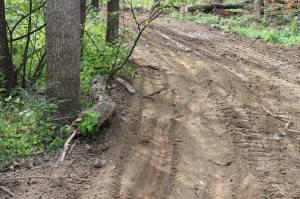
Residual trees saved by a well placed skid road.
The next step is to transport the trunk of the tree to the log yard where it can be processed into logs. This is usually done by a rubber tire skidder. The skidder is either equipped with cable or a grapple. Cable skidders are used for more treacherous terrain while grapple skidders can be used on less challenging jobs. The path taken from the stump to the log yard can be a difficult decision. The operator looks for the path of least resistance from the terrain, but also must avoid residual trees that could be harvested in future years. Not every tree is avoidable, but we take great pride in avoiding the best we can.
Once the truck arrives at the log yard it is cut into log lengths. This is done by either a knuckleboom equipped with a bucksaw or by chainsaw. The logs are then piled until there is enough for truckload. The logs are then loaded onto the truck, strapped down, and then they are off to market.
After the harvest operations are completed we closeout the job. This is done by smoothing out the skid trails and the log yard. As this is being done we take precautions for when it rains the water will divert off the
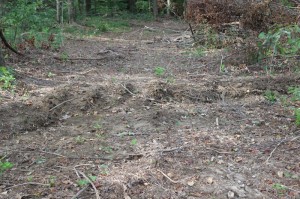
A waterbar on a moderate incline.
skid trails to avoid erosion of the soil. This is done multiple ways, but one popular and effective method is installing waterbars. A waterbar is similar to a speed bump put in at a 45 degree angle made from the soil. As the water runs down the trail it will run into the hump of soil be guided off the trail. Another way water is diverted from the skid trail is when the trail is sloped to side we can take extra care to smooth out the berm on the downhill side. These are very effective way of getting the running water off the trail and onto less erodible soil.
At Tri-State we understand how to take care of the land we all love and are fortunate to have. Tri-State has a culture of caring about the resource and doing what is best for the landowner. We still have to make a profit, but we also know doing good work will give us a good reputation. A reputation of caring and happy landowners is the best form of advertising money can buy.
Forest Management
Your forested land is an exceptional resource in many different aspects. It is an area 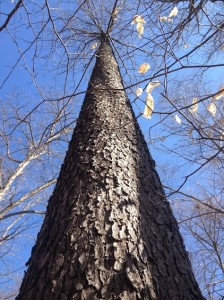 to escape from the hustle and bustle of everyday life, provides habitat for many different species of wildlife, and is a valuable asset for you. Our goal at Tri-State Timber is to understand your own goals and to meet or exceed them.
to escape from the hustle and bustle of everyday life, provides habitat for many different species of wildlife, and is a valuable asset for you. Our goal at Tri-State Timber is to understand your own goals and to meet or exceed them.
Have you thought about your goals for your property? It can be an intimidating process. Markets for different species fluctuate and new ecological concerns arise, but we are here to help. Tri-State Timber employs three full-time foresters with Society of American Foresters accredited four-year degrees. Our foresters can inform you about the latest news and trends in forest management and the timber industry. We also can give you a free, no-obligation inspection of your woods. Then decisions can be made on when and what type of forest management would be optimal for your situation.
At Tri-State, we take into consideration future harvests. Harvesting only the highest valued tree species and leaving the lowest valued species is not in our best long term interest. We usually advise landowners to harvest some of all the different species on your property in order to maintain or improve your biodiversity. This will also lead to future balanced harvests for us and for future generations. Trees are truly America’s renewable resource. By utilizing this green resource responsibly and sustainably we create jobs for local, hard working Americans.

